Phil Lesh - Searching for the Sound
I just finished Phil Lesh's excellent autobiography Searching for the Sound: My Life with the Grateful Dead this weekend. It's highly recommended for anyone who's even vaguely curious about what the GD experience was all about. I read Tom Wolfe's The Electric Kool-Aid Acid Test years ago, and this provides another angle (from the inside) on the heyday of the San Francisco psychedelic ballroom scene, but also follows through the legacy of these events into the mid 90's (the tragic death of Jerry Garcia in '95 being the pivotal event) and beyond.
It was most interesting to read about the influence of both John Coltrane and Charles Ives on the evolution of the early Dead (via Phil):
On p.27 he describes seeing the Coltrane Quartet in the early 60's:
p.27 "Just after I returned from [the] Ojai [Festival (where his teacher Luciano Berio was composer in residence)], I was fortunate enough to hear a legendary performance by John Coltrane's new quartet at the Jazz Workshop in San Francisco. That night, the great guitarist Wes Montgomery, who had made his early reputation in the San Francisco scene, joined the band onstage. I stayed for both sets, and to this day I haven't heard a performance in any genre of music that came close to reaching the heights of that one. The band played pretty much continuously, with very few breaks, starting at a peak and climbing: The atmosphere of that funky little club literally turned golden...That night confirmed, in spades, my earlier suspicions that improvised music could reach the heights and depths of the finest classical music, and transcend time and space."
The Haight-Ashbury district in early 1965:
"The Haight at that time was just beginning to see the influx of hipsters and tripsters that would later culminate in the notorious Summer of Love – but at that time..., it was just a pleasant neighborhood in which to live...On any brisk spring evening we could wander through the residential areas listening to the wonderful variety of music drifting down to the street from open apartment windows; in the course of a single block, one might hear Bob Dylan, Joan Baez, the Beatles, John Coltrane (and on one memorable occasion, Bach's monumental Mass in B Minor), all blending in a most delightful polyphony of musics. Looking back, it seems as though this experience was a metaphor for the community as yet unborn, the "mingled measure" of which Coleridge speaks so eloquently in his poem "Kubla Khan," promising a rebirth, through music, of spirit and shared awareness of our common humanity."


Phil in the psychedelic heyday, and more recently
Describing the earliest rehearsals (when the band were still called The Warlocks):
"...it was the most exciting musical challenge I'd ever faced, including composing for orchestras – I had to play new ideas without thinking, based solely upon context and expressive intent, and there was no space for reflection or revision. Except, of course, when I made a mistake: After playing a wrong note, for instance, I would quickly resolve it to a proper note – but then I took to repeating my mistakes (a simple matter, since the music was built out of repeating modules, or strophes) in order to resolve them differently each time. I soon began to see the dissonances caused by wrong notes, or right notes in the wrong place, as opportunities rather than liabilities – new ways to create tension and release, the lifeblood of music. This approach was to bear strange and wonderful fruit over the next five years of the band's development."
"We had started out by expanding tunes through extended solos, mainly to make them last longer since there were so few of them. However, the longer the solo, the less interesting it became to play the same material as background, so those of us who weren't soloing began to vary and differentiate our "background" material, almost as if we were also soloists, in a manner similar to jazz musicians. A good example of this technique is our version of the old Noah Lewis jug band tune "Viola Lee Blues," a traditional prison song. We electrified the song with a boogaloo beat and an intro lick borrowed from R & B artist Lee Dorsey's "Get Out of My Life Woman," and after each of the three verses, we tried to take the music out further – first expanding on the groove, then on the tonality, and then both, finally pulling out all the stops in a giant accelerando, culminating in a whirlwind of dissonance that, out of nowhere, would slam back into the original groove for a repetition of the final verse. It was after a run-through of this song that I turned to Jerry and remarked ingenuously, "Man – this could be art!
In pursuit of this idea, I urged the other band members to listen closely to the music of John Coltrane, especially his classic quartet, in which the band would take fairly simple structures (the show tune "My Favorite Things," for example) and extend them far beyond their original length with fantastical variations, frequently based on only one chord."
The cosmic possibilities of modal jamming are enthused about later in the book when describing the band coming out of "Midnight Hour" at the "Trips Festival" Acid Test at the Longshoreman's Hall (1966?)
"...and we go off on those two chords as if they are Jacob's ladder, with souls rising up on one side and drifting down on the other. We are showing serious respect to the power of these relationships: D-G-D-G-D-G. Hang on! The only pattern better for playing than two chords is one chord! So away we charge to wring the neck of some poor hapless tonic (D, in this case) and ravage all its sniveling overtones until the air screams for mercy – it feels so good, why should we stop, or even slow up? But wait! The skies are opening! The Old Ones are returning! No, we've merely reached the eye of the storm, and suddenly the music broadens out into an almost hymnlike character; we're back to the two chords now, rich and glowing as they march endlessly into infinity, mirroring the waves of dancers. The form moves on, the particles remain."
There's a description of Phil spontaneously convincing the entire band (including Pigpen!) to come to a performance of Charles Ives' Fourth Symphony at Carnegie Hall while they were in New York City in 1967:
"The sense of space (height, width, and depth) is palpable: the music reaches out to embrace us; withdraws into the distance; then, like a steam locomotive, comes suddenly roaring back. Invisible bands march across the soundstage in two different directions at different speeds; a solo viola mutters an occult hymn-tune as the rest of the orchestra sprays fireworks in all directions; the chorus in all directions; the chorus intones wordless transcendental benedictions as the music fades away into silence. We all were blown completely away. None of us could even speak for the longest time. Mickey [Hart] was so amazed ("Holographic! Life-transforming!") at the cross-rhythmic marching bands, he had to hear it again, so he and I went back for the second night. The fact that that particular passage required three conductors made it even more fascinating. Right there and then, Mick and I began trying to figure a way to do something similar with our music."
It was also enlightening to read about the introduction of polyrhythmic experimentation (which is also described from Mickey Hart's perspective in one of his books).
"At this point we began working with exotic time signatures: seven, ten, eleven beats to a bar. In some instances, we could take phrases that were in normal meters, such as four or three, and simply extend one segment, arriving at irregular pulses in that way. In other instances, we could be working out a pattern in, say, eight beats, and some one would mistakenly play it a beat, or half-beat, shorter or longer: "Hold it! Do that again!" "What?" "What you just did!" "What? You mean this?" "No! You know [hands waving descriptively]...the other thing!" "Oh! This?" "Yeah! Let's all try that!" Our improvisational philosophies such as "There are no mistakes, only opportunities" and "The one [downbeat] is always where it seems to be" began with this type of discovery.
...I was so excited by these developments that I instantly wanted to take it further: Let's play in and out of these meters and weave them into the flow of the improv (for example, when half the band plays twelve bars of eleven and the other half plays eleven bars of twelve, all with accents), instead of just playing riffs that we work out on and then move on to some other box. "Why, we can shift rhythmic gears seamlessly if we play on the pulse! Let's try it. Five, six, seven...""
Backstage at the Fillmore West in late spring '69, Phil describes being spiked with a very strong dose of LSD (even by the standards of that scene) shortly before the band were about to play:
"I was launched into outer space: worlds and universes orbiting past, time stretching into eternity, laughing archetypes manifesting cosmic jokes, and then some soft words in my ear - "Phil, it's time to play the set."
What? What set? Mickey was standing next to me with a most compassionate expression, saying, "Phil, come on, we gotta play now." Never had I imagined that I would find myself in a state of being where playing music would be a bring-down – but there I jolly well was. "Mick," sez I, "I wish you could be where I am right now – it's so beautiful; but I couldn't possibly play music now. I don't even know what music is." And I drifted away, back to the glory unfolding inside.
After aeons of time seemed to have passed, I became aware that I was on some level, still in a room full of people; one of them, whom I recognized as "Mickey," was holding an obscure, elongated device with knobs on both ends and iridescent silver scaly strands holding it together. "Phil," he said, "this is your bass. You play this instrument in our band." Oh, yes, I remember now. How does it work? "Just put the strap over your head like this" - and Mickey took me by the hand and led me to some stairs and then up onto the stage. To this day, I don't really know whether or not Mick was as high as I was, but this tenderness and compassion toward me that night have never left me, and I've never loved him more than at that moment.
Once on stage, everything seemed somewhat more familiar, even though the instruments and amplifiers (not to mention the other musicians) were grinning at me with alien features superimposed on their own. Somehow, I don't know how, we managed to start playing: It was as if the music was being sung by gigantic dragons on the timescale of plate tectonics; each note seemed to take days to develop, every overtone sang its own song, each drumbeat generated a new heaven and a new earth. We were seeing and singing the quantum collapse of probability into actuality – it was frightening and exhilarating at the same time. At one point, I looked over at Jerry and saw a bridge of light like a rainbow of a thousand colors streaming between us; and flowing back and forth across that bridge: three-dimensional musical notes – some swirling like the planet Jupiter rotating at 100 times normal speed, some like fuzzy little tennis balls with dozens of legs and feet (each foot wearing a different sock!), some striped like zebras, some like pool balls, some even rectangular or hexagonal, all brilliantly colored and evolving as they flowed, not only the notes that were being played, bu tall the possible notes that could have been played. That moment may well have been the peak of psychedelic music for me – the combination of absolute inevitability and ecstatic freedom has never been equaled."
On a reconnaissance mission to Egypt he and some of the GD crew made in order to plan their 1978 concerts at the Great Pyramid of Giza the obligatory visit was made to the King's Chamber...
"We've read of the remarkable acoustic properties of the Chamber, so we begin to hum and chant, and sure enough, the sound resonates so fully in this small space that a much vaster space slowly opens in our minds. We close our eyes; we might well be in an underground cavern, or a great cathedral. Our voices find the resonant tone of the Chamber: The sound expands into infinity, and we begin to hear strange, occult harmonies resounding above our fundamental chant-drone. The energy is so strong that the sound grows louder and more complex without any of us doing anything – the feedback system works perfectly. The sound orders itself into celestial music, with so many layers one can't possibly comprehend it all. I'm straining to hear more deeply when our guide abruptly enters – and the magic is gone, the thread snapped."
and a few days later, on the Nile...
"This, then, was the real Egypt; pharaohs, kings, prophets, and presidents may come and go, but the Nile, in an ageless rhythm, continues to provide sustenance for its people. At sunset, as if in affirmation, the people on the neighboring boat broke out some instruments and began jamming! A flute or oboelike wind instrument, two small hand drums, and voices punctuated with clapping hands – human beings making music for the sheer joy of it: No doubt revisiting old favorite songs (and adding bawdy lyrics), they played far into the night with an exuberance and élan that took our breath away. It's a happy thought: Even if there were a culture in which there were no professional musicians, everyone would make music as well as they could anyway, without thinking of personal recompense, because music is ambrosia for the soul."
All the 70's drug-addiction and interpersonal issues are covered quite directly without any attempt to gloss over the ugliness – quite painful to read - but the focus is always on the music, as one might expect from Phil Lesh. It's quite amazing how much celestial music was produced in the last two decades considering the state many of the band members (and their relationships with each other) were in.
I recently checked out his post-Dead band "Phil Lesh and Friends" (a fairly loose entity, with shifting line-up, playing largely Dead material) on the IAA recently – this show from only a few weeks ago features a most wonderful "Bird Song" - well worth a listen.
The book also includes a description of Phil, Jerry and Mountain Girl visiting Stonehenge, Avebury, Silbury Hill, and climbing Glastonbury Tor in 1972. I'd read elsewhere of his interest in the geomancy of the ancient English landscape – I expect he'd be reassured to know that likeminded spirits over here are still gathering to produce cosmic musics upon the Tor, at Avebury and at other such sites. Perhaps I'll send him a CD of field recordings from my archive...
It was most interesting to read about the influence of both John Coltrane and Charles Ives on the evolution of the early Dead (via Phil):
On p.27 he describes seeing the Coltrane Quartet in the early 60's:
p.27 "Just after I returned from [the] Ojai [Festival (where his teacher Luciano Berio was composer in residence)], I was fortunate enough to hear a legendary performance by John Coltrane's new quartet at the Jazz Workshop in San Francisco. That night, the great guitarist Wes Montgomery, who had made his early reputation in the San Francisco scene, joined the band onstage. I stayed for both sets, and to this day I haven't heard a performance in any genre of music that came close to reaching the heights of that one. The band played pretty much continuously, with very few breaks, starting at a peak and climbing: The atmosphere of that funky little club literally turned golden...That night confirmed, in spades, my earlier suspicions that improvised music could reach the heights and depths of the finest classical music, and transcend time and space."
The Haight-Ashbury district in early 1965:
"The Haight at that time was just beginning to see the influx of hipsters and tripsters that would later culminate in the notorious Summer of Love – but at that time..., it was just a pleasant neighborhood in which to live...On any brisk spring evening we could wander through the residential areas listening to the wonderful variety of music drifting down to the street from open apartment windows; in the course of a single block, one might hear Bob Dylan, Joan Baez, the Beatles, John Coltrane (and on one memorable occasion, Bach's monumental Mass in B Minor), all blending in a most delightful polyphony of musics. Looking back, it seems as though this experience was a metaphor for the community as yet unborn, the "mingled measure" of which Coleridge speaks so eloquently in his poem "Kubla Khan," promising a rebirth, through music, of spirit and shared awareness of our common humanity."


Phil in the psychedelic heyday, and more recently
Describing the earliest rehearsals (when the band were still called The Warlocks):
"...it was the most exciting musical challenge I'd ever faced, including composing for orchestras – I had to play new ideas without thinking, based solely upon context and expressive intent, and there was no space for reflection or revision. Except, of course, when I made a mistake: After playing a wrong note, for instance, I would quickly resolve it to a proper note – but then I took to repeating my mistakes (a simple matter, since the music was built out of repeating modules, or strophes) in order to resolve them differently each time. I soon began to see the dissonances caused by wrong notes, or right notes in the wrong place, as opportunities rather than liabilities – new ways to create tension and release, the lifeblood of music. This approach was to bear strange and wonderful fruit over the next five years of the band's development."
"We had started out by expanding tunes through extended solos, mainly to make them last longer since there were so few of them. However, the longer the solo, the less interesting it became to play the same material as background, so those of us who weren't soloing began to vary and differentiate our "background" material, almost as if we were also soloists, in a manner similar to jazz musicians. A good example of this technique is our version of the old Noah Lewis jug band tune "Viola Lee Blues," a traditional prison song. We electrified the song with a boogaloo beat and an intro lick borrowed from R & B artist Lee Dorsey's "Get Out of My Life Woman," and after each of the three verses, we tried to take the music out further – first expanding on the groove, then on the tonality, and then both, finally pulling out all the stops in a giant accelerando, culminating in a whirlwind of dissonance that, out of nowhere, would slam back into the original groove for a repetition of the final verse. It was after a run-through of this song that I turned to Jerry and remarked ingenuously, "Man – this could be art!
In pursuit of this idea, I urged the other band members to listen closely to the music of John Coltrane, especially his classic quartet, in which the band would take fairly simple structures (the show tune "My Favorite Things," for example) and extend them far beyond their original length with fantastical variations, frequently based on only one chord."
The cosmic possibilities of modal jamming are enthused about later in the book when describing the band coming out of "Midnight Hour" at the "Trips Festival" Acid Test at the Longshoreman's Hall (1966?)
"...and we go off on those two chords as if they are Jacob's ladder, with souls rising up on one side and drifting down on the other. We are showing serious respect to the power of these relationships: D-G-D-G-D-G. Hang on! The only pattern better for playing than two chords is one chord! So away we charge to wring the neck of some poor hapless tonic (D, in this case) and ravage all its sniveling overtones until the air screams for mercy – it feels so good, why should we stop, or even slow up? But wait! The skies are opening! The Old Ones are returning! No, we've merely reached the eye of the storm, and suddenly the music broadens out into an almost hymnlike character; we're back to the two chords now, rich and glowing as they march endlessly into infinity, mirroring the waves of dancers. The form moves on, the particles remain."
There's a description of Phil spontaneously convincing the entire band (including Pigpen!) to come to a performance of Charles Ives' Fourth Symphony at Carnegie Hall while they were in New York City in 1967:
"The sense of space (height, width, and depth) is palpable: the music reaches out to embrace us; withdraws into the distance; then, like a steam locomotive, comes suddenly roaring back. Invisible bands march across the soundstage in two different directions at different speeds; a solo viola mutters an occult hymn-tune as the rest of the orchestra sprays fireworks in all directions; the chorus in all directions; the chorus intones wordless transcendental benedictions as the music fades away into silence. We all were blown completely away. None of us could even speak for the longest time. Mickey [Hart] was so amazed ("Holographic! Life-transforming!") at the cross-rhythmic marching bands, he had to hear it again, so he and I went back for the second night. The fact that that particular passage required three conductors made it even more fascinating. Right there and then, Mick and I began trying to figure a way to do something similar with our music."
It was also enlightening to read about the introduction of polyrhythmic experimentation (which is also described from Mickey Hart's perspective in one of his books).
"At this point we began working with exotic time signatures: seven, ten, eleven beats to a bar. In some instances, we could take phrases that were in normal meters, such as four or three, and simply extend one segment, arriving at irregular pulses in that way. In other instances, we could be working out a pattern in, say, eight beats, and some one would mistakenly play it a beat, or half-beat, shorter or longer: "Hold it! Do that again!" "What?" "What you just did!" "What? You mean this?" "No! You know [hands waving descriptively]...the other thing!" "Oh! This?" "Yeah! Let's all try that!" Our improvisational philosophies such as "There are no mistakes, only opportunities" and "The one [downbeat] is always where it seems to be" began with this type of discovery.
...I was so excited by these developments that I instantly wanted to take it further: Let's play in and out of these meters and weave them into the flow of the improv (for example, when half the band plays twelve bars of eleven and the other half plays eleven bars of twelve, all with accents), instead of just playing riffs that we work out on and then move on to some other box. "Why, we can shift rhythmic gears seamlessly if we play on the pulse! Let's try it. Five, six, seven...""
Backstage at the Fillmore West in late spring '69, Phil describes being spiked with a very strong dose of LSD (even by the standards of that scene) shortly before the band were about to play:
"I was launched into outer space: worlds and universes orbiting past, time stretching into eternity, laughing archetypes manifesting cosmic jokes, and then some soft words in my ear - "Phil, it's time to play the set."
What? What set? Mickey was standing next to me with a most compassionate expression, saying, "Phil, come on, we gotta play now." Never had I imagined that I would find myself in a state of being where playing music would be a bring-down – but there I jolly well was. "Mick," sez I, "I wish you could be where I am right now – it's so beautiful; but I couldn't possibly play music now. I don't even know what music is." And I drifted away, back to the glory unfolding inside.
After aeons of time seemed to have passed, I became aware that I was on some level, still in a room full of people; one of them, whom I recognized as "Mickey," was holding an obscure, elongated device with knobs on both ends and iridescent silver scaly strands holding it together. "Phil," he said, "this is your bass. You play this instrument in our band." Oh, yes, I remember now. How does it work? "Just put the strap over your head like this" - and Mickey took me by the hand and led me to some stairs and then up onto the stage. To this day, I don't really know whether or not Mick was as high as I was, but this tenderness and compassion toward me that night have never left me, and I've never loved him more than at that moment.
Once on stage, everything seemed somewhat more familiar, even though the instruments and amplifiers (not to mention the other musicians) were grinning at me with alien features superimposed on their own. Somehow, I don't know how, we managed to start playing: It was as if the music was being sung by gigantic dragons on the timescale of plate tectonics; each note seemed to take days to develop, every overtone sang its own song, each drumbeat generated a new heaven and a new earth. We were seeing and singing the quantum collapse of probability into actuality – it was frightening and exhilarating at the same time. At one point, I looked over at Jerry and saw a bridge of light like a rainbow of a thousand colors streaming between us; and flowing back and forth across that bridge: three-dimensional musical notes – some swirling like the planet Jupiter rotating at 100 times normal speed, some like fuzzy little tennis balls with dozens of legs and feet (each foot wearing a different sock!), some striped like zebras, some like pool balls, some even rectangular or hexagonal, all brilliantly colored and evolving as they flowed, not only the notes that were being played, bu tall the possible notes that could have been played. That moment may well have been the peak of psychedelic music for me – the combination of absolute inevitability and ecstatic freedom has never been equaled."
On a reconnaissance mission to Egypt he and some of the GD crew made in order to plan their 1978 concerts at the Great Pyramid of Giza the obligatory visit was made to the King's Chamber...
"We've read of the remarkable acoustic properties of the Chamber, so we begin to hum and chant, and sure enough, the sound resonates so fully in this small space that a much vaster space slowly opens in our minds. We close our eyes; we might well be in an underground cavern, or a great cathedral. Our voices find the resonant tone of the Chamber: The sound expands into infinity, and we begin to hear strange, occult harmonies resounding above our fundamental chant-drone. The energy is so strong that the sound grows louder and more complex without any of us doing anything – the feedback system works perfectly. The sound orders itself into celestial music, with so many layers one can't possibly comprehend it all. I'm straining to hear more deeply when our guide abruptly enters – and the magic is gone, the thread snapped."
and a few days later, on the Nile...
"This, then, was the real Egypt; pharaohs, kings, prophets, and presidents may come and go, but the Nile, in an ageless rhythm, continues to provide sustenance for its people. At sunset, as if in affirmation, the people on the neighboring boat broke out some instruments and began jamming! A flute or oboelike wind instrument, two small hand drums, and voices punctuated with clapping hands – human beings making music for the sheer joy of it: No doubt revisiting old favorite songs (and adding bawdy lyrics), they played far into the night with an exuberance and élan that took our breath away. It's a happy thought: Even if there were a culture in which there were no professional musicians, everyone would make music as well as they could anyway, without thinking of personal recompense, because music is ambrosia for the soul."
All the 70's drug-addiction and interpersonal issues are covered quite directly without any attempt to gloss over the ugliness – quite painful to read - but the focus is always on the music, as one might expect from Phil Lesh. It's quite amazing how much celestial music was produced in the last two decades considering the state many of the band members (and their relationships with each other) were in.
I recently checked out his post-Dead band "Phil Lesh and Friends" (a fairly loose entity, with shifting line-up, playing largely Dead material) on the IAA recently – this show from only a few weeks ago features a most wonderful "Bird Song" - well worth a listen.
The book also includes a description of Phil, Jerry and Mountain Girl visiting Stonehenge, Avebury, Silbury Hill, and climbing Glastonbury Tor in 1972. I'd read elsewhere of his interest in the geomancy of the ancient English landscape – I expect he'd be reassured to know that likeminded spirits over here are still gathering to produce cosmic musics upon the Tor, at Avebury and at other such sites. Perhaps I'll send him a CD of field recordings from my archive...
















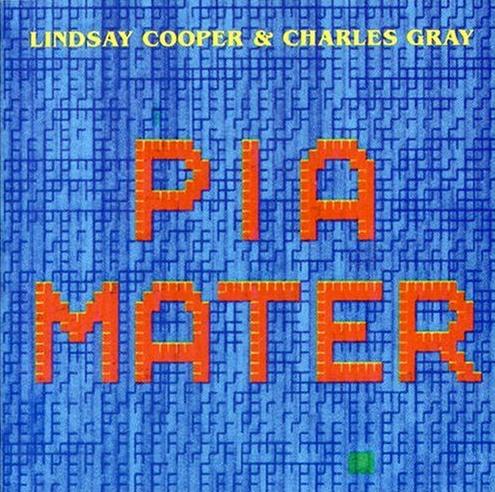




































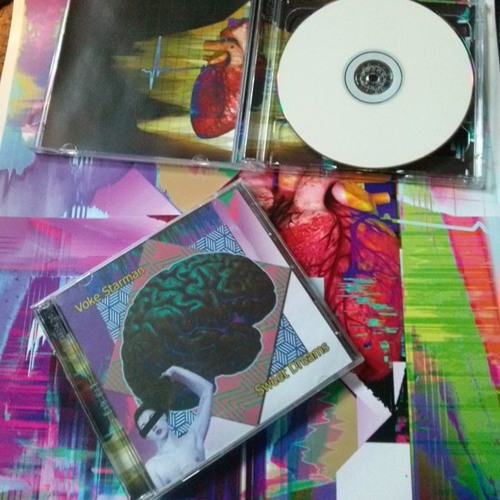



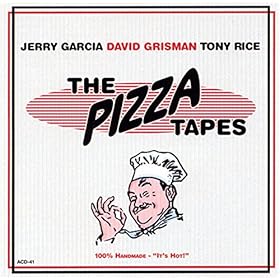

























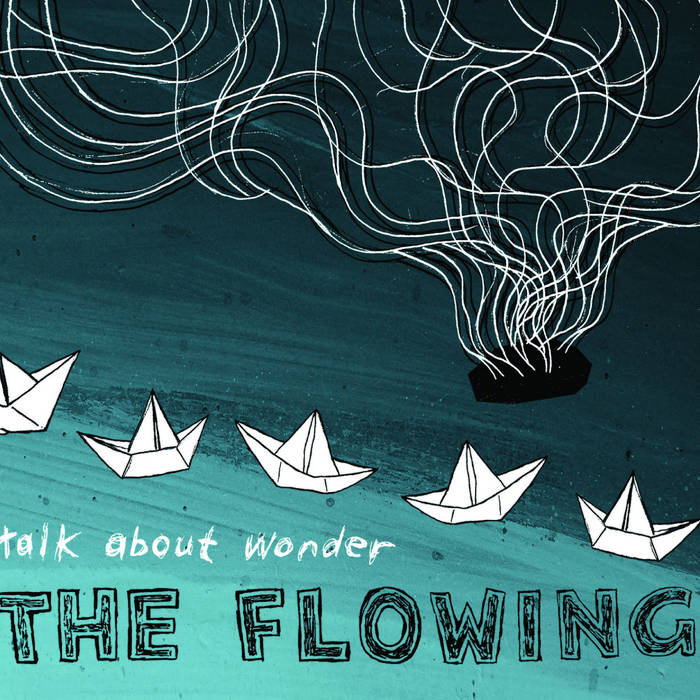












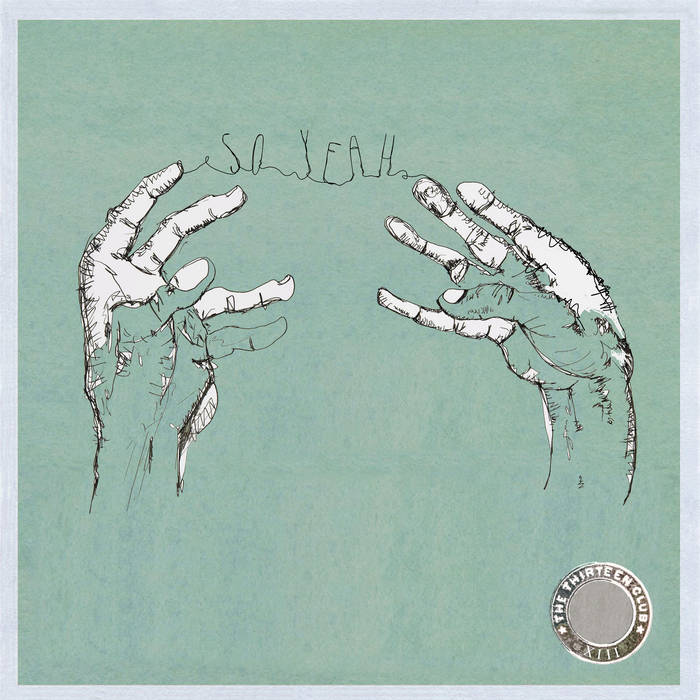







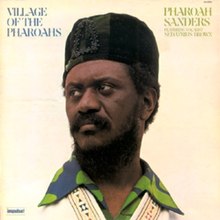







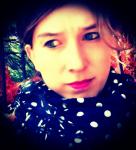



































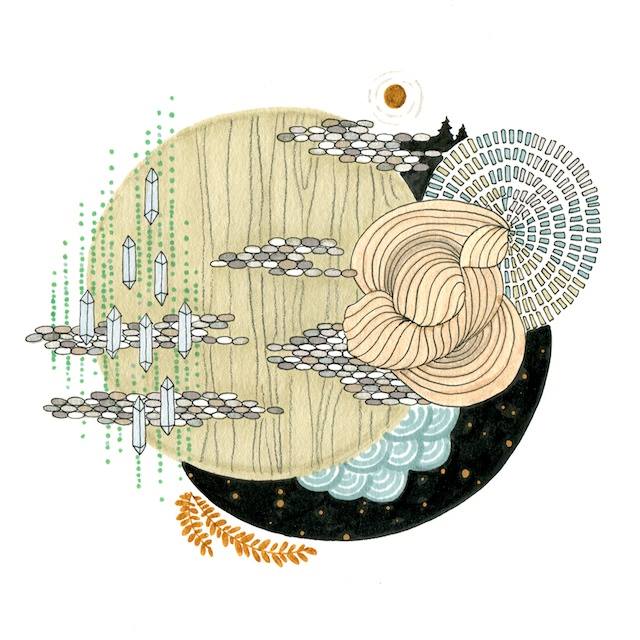





































































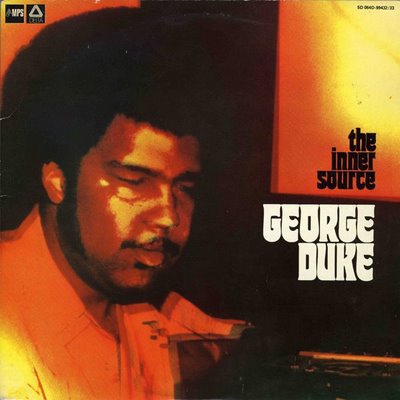












































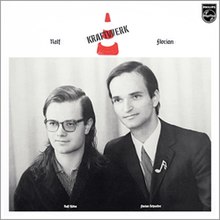


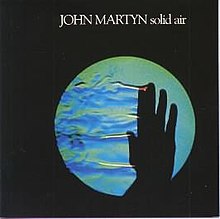




































































































































































































































































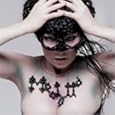














































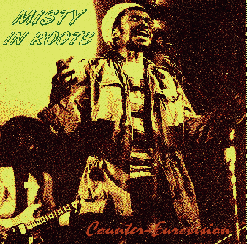





















































































































































































































































































































2 Comments:
music is the sound of the engine of the universe and Philk could hear it. Great article. If yoiu want to trade tapes i can turn you ojn to great new young psychedelic music. History is repeating itself. There is a real vibe out there. Nothing like scary times to force people into action.
Tod Lautenberg
acidfilms@earthlink.net
Your readers who are interested in this book might want to check out the audiobook version. Phil Lesh does the narration, and there are a bunch of song woven in to the soundtrack as well. It really makes the book "come to life".
I purchased this at:
http://www.AnEarForBooks.com/Title.aspx?titleId=1786
but you can find it elsewhere as well.
Post a Comment
<< Home